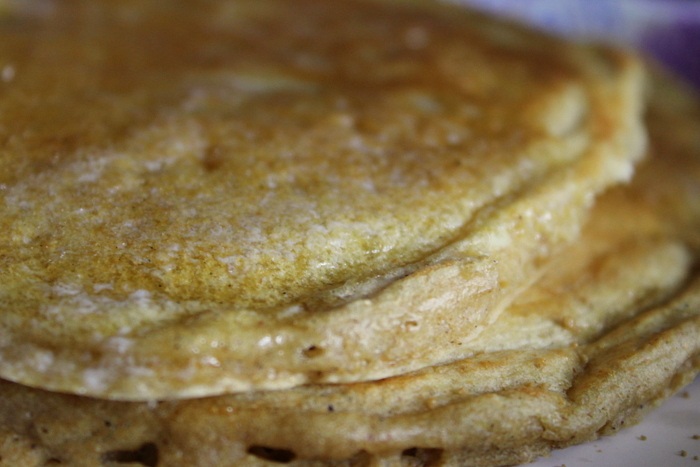Long-Term Care of a Sourdough Starter and When to Use It in a Recipe
A sourdough starter is quite similar to other cultures such as yogurt and kefir. It needs regular feedings to stay healthy. It can be adversely affected by changes in food, climate, and care. Take heart, though, in knowing that a healthy, vigorous starter can be kept without having to feed it every single day. On the contrary, your starter can be kept in a refrigerator for short-term storage. If you’d like to take a longer break from sourdough baking – for months, even – there are options for this as well.








